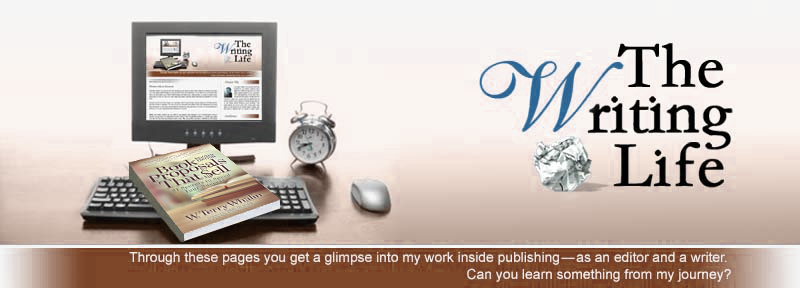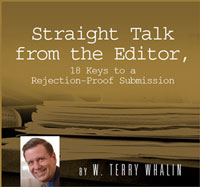Take Notes? Then What?
As a journalist who interviews people then writes their stories for publication, I’ve handwritten thousands of pages of notes. Because my handwriting is poor, I believe I’m the only person who could make any sense from these notes. Normally as a back up for my quotations, I tape these interviews (on the phone as well as in person). Yet, I’ve had the situation where where my tape did not work during the interview—and I didn’t take any notes. You talk about a panic situation. It’s especially true when you are interviewing someone high profile that you will have great difficulty reaching again.
Often I use a reporter’s notebook or a 8 1/2 x 11 legal pad for my notes. I prefer the reporter’s notebook because it’s easy to fit in my hand and I can even slip it into my back pocket. If I get a chance immediately following the interview, I will review my notes, circle or star different key quotations and some times even make a rough outline of the subsequent story. It will give me a head start for when I finally write the actual magazine article or book chapter.
Some times I will do a series of author interviews with different people. I make sure to write the person’s name and the date and the setting at the top of the page. Later I will often tear out those pages from my notebook or legal pad, staple them together and put them into a Manila folder with the subject or author’s name. In the folder, I collect information about their books, their biographical material and other material from the publisher or research that I’ve done with other sources. It helps me keep all of this material in one place. Because of my longevity in publishing, I will interview a person more than once. I can easily tap my earlier research and review that material—even if it’s been years in between these interviews.
While in brief, the above is my system for note-taking related to interview (and works well for me), I have not had a good system for note-taking in meetings. I’ve tried many different things—including the legal pad and reporter notebook system above but my follow-up has been challenged and not systematic.
What about taking notes in other situations such as meetings? Almost everyone in publishing is involved in a series of meetings. In the last few days, I read Mike Hyatt’s excellent article, Recovering the Lost Art of Note-Taking. Through the years, I’ve only been in a couple of meetings with Mike. I do recall his active note-taking during our time together and until I read this article, I never understood some of his purpose or what he did with the notes after the meeting. His system for review, follow-up and action was fascinating to me. It seems a bit ironic to me that Mike handwrites his notes. Especially when I’ve read some of his other posts about using a Blackberry and other hi-tech tools. There is something sensory and physical about handwriting notes and it must be part of the reason that Mike actively takes notes.
About four years ago, I participated in several meetings with the CEO of our company. For each meeting, Dave Jaworski carefully carried a notebook and used it for each session. We no longer work together and I didn’t take advantage of my opportunity to learn his system for those notes and how he used them.
I’m going to try Mike Hyatt’s note-taking system and see what I can learn from it. I ordered a Large Rule Journal Moleskine notebook so I’m prepared for my next series of meetings. I’m always trying to improve my work habits and note-taking looks like a promising step for me.





















2 Comment:
Terry,
I followed the link to the Reporters' Notebook site, but I can't tell what makes this different from any other spiral bound notebook? Is it just that it is pocket-sized, or is there something else that makes this unique?
I was also surprised to see that the minimum order is TWO DOZEN!!!! That's alot of interviewing!
Thanks.
Leslie,
Yes, they require you to purchase 24 notebooks. I'd say it's a journalist thing. If you watch carefully even the TV reporters are carrying that size notebook. I've had them since my journalism training in the 70s. It's all a matter of what you get used to using. At the ASJA conference this year, ProfNet was handing out these notebooks as giveaways (naturally with their promotional information on the cover). A handy resource.
Terry
Post a Comment
That's the writing life...
Back to the home page...